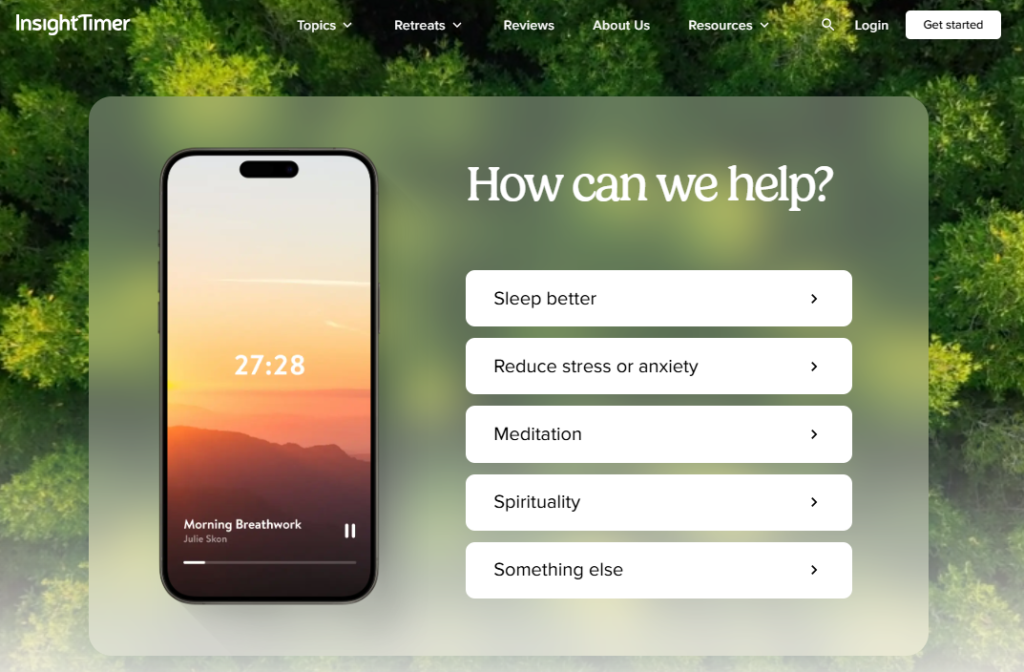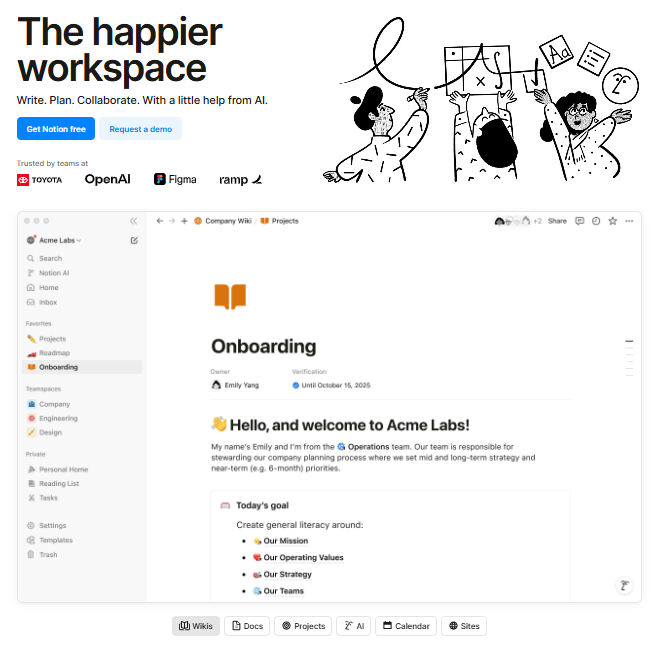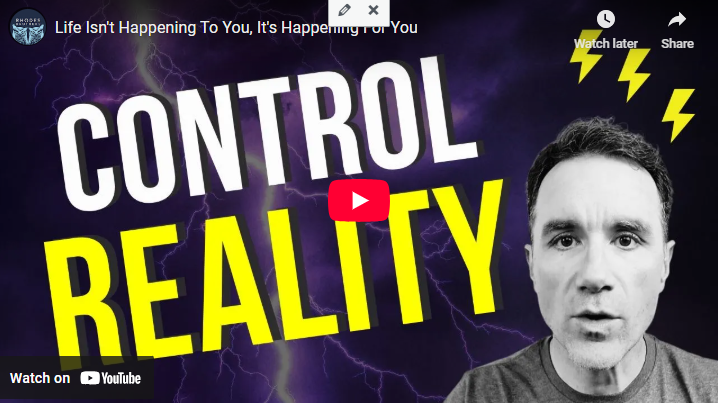For More Free Videos, Subscribe to the Rhodes Brothers YouTube Channel.
You haven’t failed.
You’re not weak.
You’re not even that disorganized.
You’re just exhausted—mentally, emotionally, spiritually—because you’ve been quietly fighting a battle no one talks about: the compulsion to control things that were never yours to command.
If you’ve ever:
- Felt anxious when someone didn’t text back quickly
- Replayed a conversation a hundred times, wishing you’d said something differently
- Planned your day to perfection, only for chaos to laugh in your face
…you’re not alone.
You’re not broken.
You’re addicted—to control.
But not just any control. You’re addicted to controlling the uncontrollable. And that’s where the suffering starts.
This isn’t about being a “control freak.” This is about survival. Somewhere along the way, you learned that the more you managed things, the safer you’d feel. But here’s the plot twist:
“You gain freedom, focus, and clarity the moment you release the illusion of control.” — John S. Rhodes, Rhodes Brothers
In this blog, we’re going deep. We’ll explore:
- Why control feels so good—until it doesn’t
- How to spot the subtle ways it hijacks your energy
- The simple but powerful mindset that frees you from the chaos
- Real examples, real tools, real strategies to help you stop gripping and start growing
This isn’t just another self-help article. This is a manual for mental liberation, inspired by the sharp, practical wisdom of Rhodes Brothers’ Greater Wealth Through Mastery.
Ready to stop white-knuckling your way through life?
Let’s learn how to let go—on purpose.
TL;DR
- Your addiction to control is stealing your peace and productivity.
- You can’t control people, outcomes, or the future—but you can control your response.
- Observation > Manipulation: Learn to observe without reacting.
- Use mindfulness, journaling, and breathwork to step back and refocus.
- Letting go doesn’t mean giving up—it means strategically focusing on what’s in your control.
- Real power comes from clarity, not control.
- Watch your relationships, business, and happiness grow when you stop trying to force things.
The Real Reason You’re So Tired (Hint: It’s Not Just Burnout)
One of the biggest lies we tell ourselves is that we’re “not doing enough.” But what if the real problem is that we’re doing too much—especially things we can’t actually control?
Whether it’s managing how people see you, fixing someone else’s emotions, or trying to micromanage every outcome in your work and relationships, you’re spreading your energy thin.
What Is Control Addiction, Really?
Control addiction isn’t just about being a “control freak.” It’s deeper. It’s about tying your self-worth, identity, and sense of safety to how well you can steer the world around you.
You might notice it when:
- You obsess over your to-do list (and feel guilty when it’s not done)
- You replay conversations in your head, wishing you’d said something differently
- You feel anxious when other people don’t act the way you expected
So what’s the solution? Observation. Awareness. Letting go—but doing it strategically.
Step-by-Step: How to Let Go and Regain True Power
Letting go doesn’t mean giving up—it means getting smart about where your energy goes. Most of us waste mental fuel trying to rewrite the past, predict the future, or control people’s reactions. But once you learn to shift your focus back to what’s actually in your hands, life gets lighter, clearer, and more powerful.
Here’s how to start letting go—intentionally, practically, and powerfully.
Step 1: Identify What You Can and Can’t Control
Make two columns in a journal or note:
- Column A: What I Can Control
- Column B: What I Cannot Control
Examples of what you can control:
- Your attitude
- Your choices
- Your effort
- Your response
Examples of what you can’t control:
- Other people’s opinions
- The past
- The future
- Outcomes
Step 2: Stop Reacting, Start Observing
Like John S. Rhodes says: “You can elevate and observe yourself… and the need to control is eliminated.”
Try this:
- When stress hits, pause. Breathe in for 4 seconds, hold for 4, exhale for 6.
- Ask yourself: “Am I trying to control something I can’t?”
- If yes, shift into observation mode. Watch your thoughts without acting on them.

Tool: Use the Insight Timer app for guided meditations that train your mind to observe without judgment.
Step 3: Redirect Your Energy to What Matters
Instead of wasting mental bandwidth trying to predict or manage uncontrollable things, go all-in on what you can influence.
Examples:
- Build a skill that increases your income
- Improve your health and daily habits
- Deepen your emotional intelligence
- Create content, write, or build a side hustle

Tool: Use Notion or Trello to create a “Focus Only” board—track what’s truly in your control and redirect your energy there.
Actionable Steps on How to Break Free from the Addiction to What You Can’t Control
If you’re struggling with the feeling of constantly needing to manage everything around you, you might be unknowingly addicted to control. The good news? There are concrete, tailored ways to break this cycle—no matter your stage of life. For beginners who are just starting to explore mindset work or emotional awareness, the first step is building clarity. Start by creating a simple two-column list labeled “What I Can Control” and “What I Can’t.” This exercise reveals where your energy is leaking. Pair this with a daily pause—just 90 seconds of stillness when you feel the urge to fix something. It may feel small, but this moment of awareness is where self-mastery begins.
For millennials, who often juggle career growth, comparison culture, and the pressure to do it all, the key is to simplify and redirect. Begin by auditing your digital environment—unfollow stress-triggering accounts, pause your inbox notifications, and limit reactive scrolling. Then, implement the “3-Circle Method”: draw three circles representing what you control, what you can influence, and what’s out of your hands. Use this as a filter before making decisions or reacting emotionally. Set daily reminders on your phone titled “What can I let go of today?”—it’s a small habit with a big mindset payoff. Also, don’t be afraid to delegate or ask for help. Control often masks as over-responsibility, especially for entrepreneurs and parents.
For those nearing retirement or navigating major life transitions, control often shows up as resistance to change or over-involvement in others’ lives. Create a “Letting Go Ledger”—each week, reflect on one thing you released (a worry, a role, a routine) and what it made space for. Practice “observer mode” when you feel the desire to correct, fix, or advise—ask yourself, “Is this helpful, or am I holding on?” Reframe control through contribution: shift your focus from managing outcomes to offering wisdom, mentoring, or creating. Even a daily 15-minute walk in nature can be powerful—observe how everything grows and adapts without force. It’s a reminder that surrender is not the opposite of strength—it’s the beginning of it.
Ultimately, no matter your experience level, the most important shift is learning to trust that you are safe even when things aren’t certain. Letting go is not about apathy—it’s about clarity, intention, and choosing where your power truly lives.
Common Mistakes to Avoid When Breaking Free from Control Addiction
Letting go of control isn’t just about what you stop doing—it’s about unlearning the hidden habits that keep you stuck in fear, frustration, and burnout. Many people fall into the same traps over and over, not because they’re weak, but because they’ve been taught that control equals safety, success, or even love.
Here are four of the most common mistakes people make—along with insight and strategy to help you break them for good.
1. Trying to Change Others Instead of Changing Yourself
The trap: You spend mental and emotional energy trying to get people to behave the way you want—whether it’s your partner, your boss, your kids, or your friends. You drop hints. You over-explain. You get frustrated when they don’t “get it.”
The truth: You can influence others, but you can’t control them. People change when they feel safe, not when they feel managed.
Why it matters: Obsessing over someone else’s choices often distracts you from your own growth. It keeps you in a reactive loop and creates resentment.
Try this instead: Shift the question from “How can I get them to change?” to “How can I show up differently?” Your energy is better spent modeling the behavior, boundaries, and clarity you wish to see.
2. Confusing Planning with Controlling
The trap: You create detailed plans to feel in control—but when things deviate, you spiral. You may obsess over to-do lists, routines, or timelines, believing that more structure = more safety.
The truth: Planning is a tool, not a guarantee. When used with intention, it creates clarity. But when used as a crutch, it becomes another form of fear in disguise.
Why it matters: Overplanning creates rigidity. It kills creativity, invites disappointment, and makes you resistant to the natural flow of life.
Try this instead: Use the mantra: “Plan with intention, adapt with grace.” Leave room in your schedule for flexibility. Expect the unexpected—and practice responding instead of reacting.
3. Letting Your Mind Race Without Checking It
The trap: You let your thoughts run wild, especially when things feel uncertain. You spiral into “what if” scenarios, rehearse imaginary arguments, or ruminate on things that already happened.
The truth: Your mind is like a search engine—it gives you more of what you click on. If you don’t interrupt the loop, anxiety compounds itself.
Why it matters: Unchecked thoughts fuel the illusion of control. They create stories that aren’t based in reality and make it harder to stay grounded.
Try this instead: Practice mental check-ins throughout the day. Ask yourself: “Is this helpful or just habitual?” Even 60 seconds of mindfulness can interrupt a destructive loop. Apps like Insight Timer, Headspace, or simply focusing on your breath can redirect your energy toward presence.
4. Thinking “Letting Go” Means Giving Up
The trap: You believe that surrender means weakness, passivity, or failure. So you grip tighter—even when it’s clear that something isn’t working.
The truth: Letting go is a power move. It takes more strength to release what’s draining you than to keep pretending you’re in control of it.
Why it matters: Confusing letting go with quitting stops you from evolving. It keeps you locked in cycles of control, fear, and exhaustion—and blocks the breakthroughs that come from trust and flow.
Try this instead: Redefine letting go as strategic surrender. It means choosing to stop forcing what isn’t aligned and trusting that your power lies in how you respond, not in what you can dominate.
Frequently Asked Questions
How do I know if I’m addicted to control?
If you feel anxious when things don’t go your way, or if you try to fix everyone and everything around you, you likely are.
What’s the first step to breaking the addiction?
Awareness. Start by noticing when you’re trying to control something outside of yourself.
Can I still plan for the future without being controlling?
Yes. Planning is helpful—just stay open to flexibility and change.
How does observation help me?
It breaks the cycle of reaction. When you observe, you create space to choose your response.
Is letting go the same as not caring?
No. Letting go means caring deeply, but wisely—without anxiety or obsession.
How can I practice observation daily?
Use mindfulness apps, journaling, or simply take a few deep breaths and notice your surroundings.
How does this apply to relationships?
You can’t control how others feel or act. But you can communicate clearly, set boundaries, and choose how you show up.
How do I manage control at work?
Focus on tasks, outcomes, and communication you can influence. Let go of perfectionism and micromanaging others.
Can this mindset help my business grow?
Absolutely. Releasing control allows for creativity, collaboration, and strategic thinking.
Is this spiritual or psychological?
Both. It’s about mental clarity, emotional peace, and grounded self-awareness.
Let Go to Level Up
If you’ve been stuck in overwhelm, constantly trying to make everything go “right,” here’s your permission to stop.
Letting go isn’t weakness—it’s wisdom. It’s choosing peace over panic, clarity over chaos, and observation over obsession.
Remember:
- Focus only on what you can control.
- Observe without reacting.
- Redirect your energy to what truly matters.
Start today. Take one deep breath. Write down one thing you’re releasing. Then act on one thing that’s fully in your control.
Ready to break free from your addiction to control and live with clarity? Take the first step by watching the Rhodes Brothers’ videos on mindset and mastery.
Subscribe to the Rhodes Brothers YouTube Channel for weekly insights that will change your life.
Thank you for reading—your journey to peace and power starts now.
Resource List
Books
- The Power of Now by Eckhart Tolle
- Letting Go: The Pathway of Surrender by David R. Hawkins
- Atomic Habits by James Clear
- The Subtle Art of Not Giving a Fck* by Mark Manson
Podcasts
Courses
Tools & Apps
- Insight Timer – Free meditation and mindfulness
- Notion – Organize what’s in your control
- Trello – Visual tracking for focus
- Headspace – Guided breathwork and awareness
- Day One Journal – Reflect and release daily



